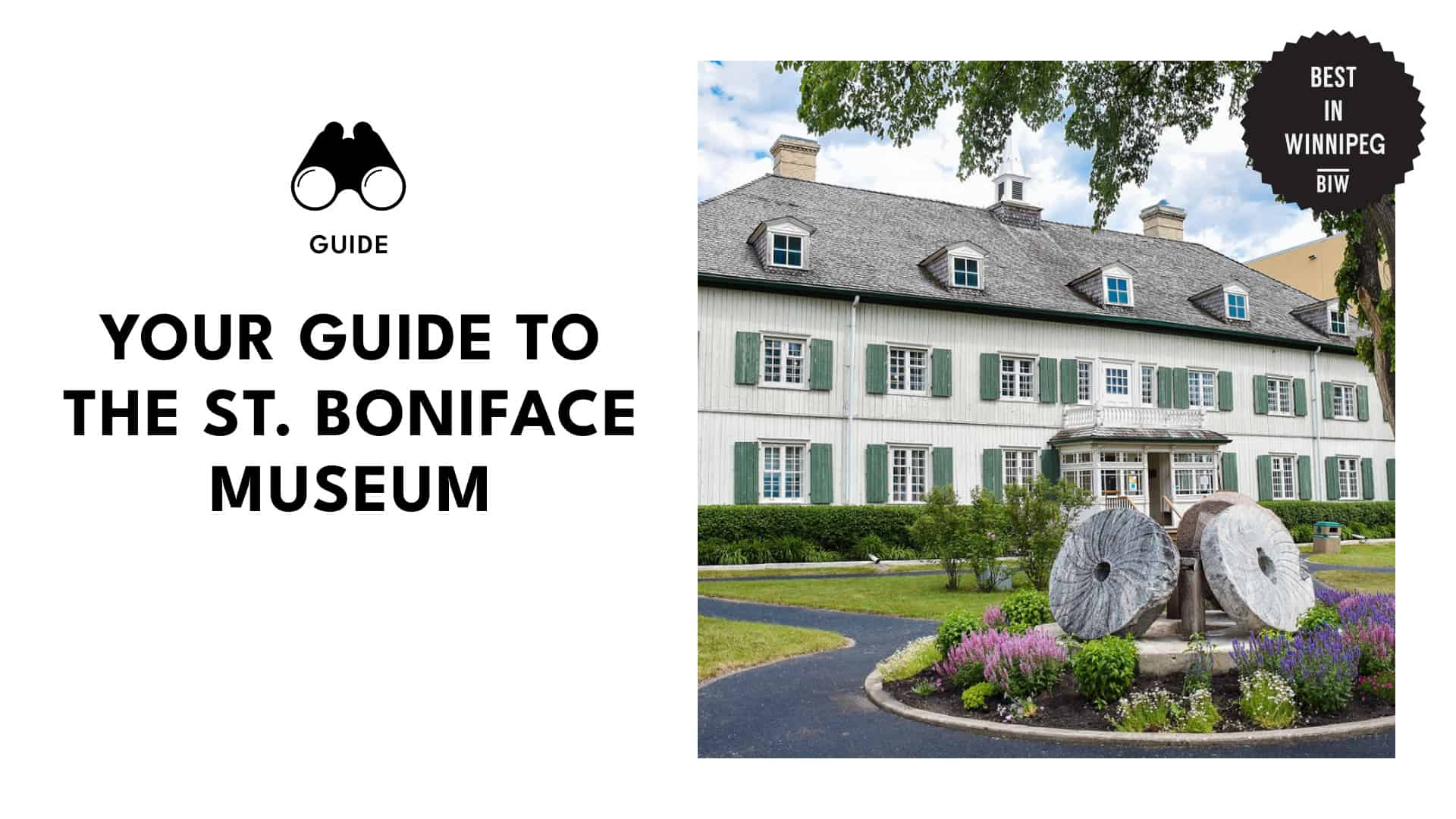A Guide to St. Boniface Museum in Winnipeg
Never been to the St. Boniface Museum? Let me paint a picture for you.
It’s a treasure chest of all things Franco-Manitoban and Métis. It’s in a charming historic building that used to be a convent, right in the heart of the city’s French Quarter.
You’ll feel like you’re walking through a living storybook of the area’s past. There are all sorts of fascinating exhibits showcasing the rich heritage of St. Boniface and the broader Franco-Manitoban community in the city.
Every time I feel like traveling through the lens of the past, a visit to this museum is in order. Here’s all you need to know to get you ready for your trip to the St. Boniface Museum in Winnipeg.
Best Time to Visit St. Boniface Museum
The best time to visit St. Boniface Museum is around summertime, from June to September. At this time, you can also enjoy the scenery around the French Quarter since the weather is nice and warm.
Generally, the museum is open from Tuesdays to Saturdays all year long unless there’s a seasonal closure. For example, in 2024, the museum is closed from January 9th to May 31st.
Just make sure that you check the website before your visit so you can confirm that it’s open during your trip.
How to Get to the St. Boniface Museum
From the airport
To reach the St. Boniface Museum from the Winnipeg James Armstrong Richardson International Airport, you have a few transportation options.
If you prefer a direct and convenient ride, you can take a taxi or use a ride-sharing service like Uber or Lyft from the terminal.
Alternatively, you can rent a car from one of the rental companies at the airport and drive yourself to the museum, which could take an average of 20 minutes.
Another option is to take public transit operated by Winnipeg Transit, which offers bus service from the airport to downtown Winnipeg. From downtown, you can transfer to a Route 10 bus or use a taxi or ride-share service to reach the museum.
From the downtown area
If you’re already coming from downtown Winnipeg and using public transportation, you can take Winnipeg Transit’s Route 10. This bus route runs along St. Mary’s Road, which is close to the museum.
You can ride a Route 10 bus at various stops along Portage Avenue or Main Street, depending on your exact location downtown. Be sure to check the bus schedule and plan your trip accordingly, as the frequency of service may vary throughout the day.
Once you’re on Route 10, you can ride until you reach the stop closest to the St. Boniface Museum, Northbound Aulneau at De La Cathedrale. From there, it’s just a few minutes on foot to the entrance.
Things to Know About St. Boniface Museum
Le Musée de Saint-Boniface Museum (more commonly known as St. Boniface Museum) has evolved from a humble convent to a cherished cultural landmark from its inception in 1845 by Bishop Norbert Provencher.
Originally established as a school and convent for the Grey Nuns, the building served as a hub for education and community service, nurturing generations of students and contributing to the fabric of St. Boniface’s rich heritage.
One thing that fascinated me when reading about the museum’s construction was that no nails were used to hold the structure together. It was built using the Red River method, which is also known as tongue and groove construction.
Over the years, the building has undergone various transformations, adapting to the changing needs of its occupants and the community at large. Finally, in 1967, the St. Boniface Museum opened its doors to the public.
Through its extensive collection of artifacts, exhibits, and archival materials, the museum offers a glimpse into the lives of early settlers, indigenous peoples, and immigrants who shaped the cultural landscape of St. Boniface.
Today, the museum stands as a beacon of community pride, celebrating the past while embracing the present and inspiring future generations to connect with their roots and preserve the legacy of this remarkable neighborhood.
What to Do/Things to See in St. Boniface Museum
1. Louis Riel Exhibit
Louis Riel was a Canadian political leader and founder of the province of Manitoba, known for his role in the Red River and North-West Rebellions.
He was a Métis leader and a key figure in the fight for Métis rights and recognition in Canadian history.
At the museum, there is a permanent exhibit dedicated to Louis Riel, including personal effects such as his gun, moccasins, shaving kit, and more.
A piece of the rope that was used to hang Riel is also on display, along with the white hood used on him before his execution.
2. Historic Collection
The historic collection at the St. Boniface Museum includes a variety of items that showcase the French-Canadian and Métis culture.
This includes furniture like the Proulx loom, the Malo chest-on-chest, and a Quebec armoire, as well as tools used by craftsmen such as blacksmiths, carpenters, and tinsmiths.
There are also artifacts representing life in the olden times, such as a butter churn and oil lamp, and agricultural tools like a scythe, sickle, and plow. Religious items like candlesticks, liturgical vestments, and a crucifix are also on display.
Additionally, there are musical instruments like violins that belonged to Andy De Jarlis (Canadian Métis fiddler) for leisure and entertainment.
3. Ethnological Collection
Among the items in the collection of ethnological artifacts from the First Nations of the Prairies are intricate beadwork, particularly gloves, coats, and moccasins.
Additionally, there is a pestle designed for pounding pemmican, along with a traditional “tikinagan” used as a baby carrier. There are various archaeological specimens as well, including arrowheads, spearheads, and stone tools.
4. Fine Arts Collection
Within the fine arts collection are diverse paintings, sketches, watercolors, and sculptures by talented Franco-Manitoban and Métis artists like Réal Bérard, Jules Desjarlais, Hubert Garnier, and Miguel Joyal.
Adorning the walls are striking portraits meticulously painted by Victor A. Long, immortalizing the esteemed mayors of St. Boniface.
Within this collection, you can also discover the captivating works of Pauline Boutal, which includes a poignant painting capturing the essence of the old Grey Nuns’ convent.

